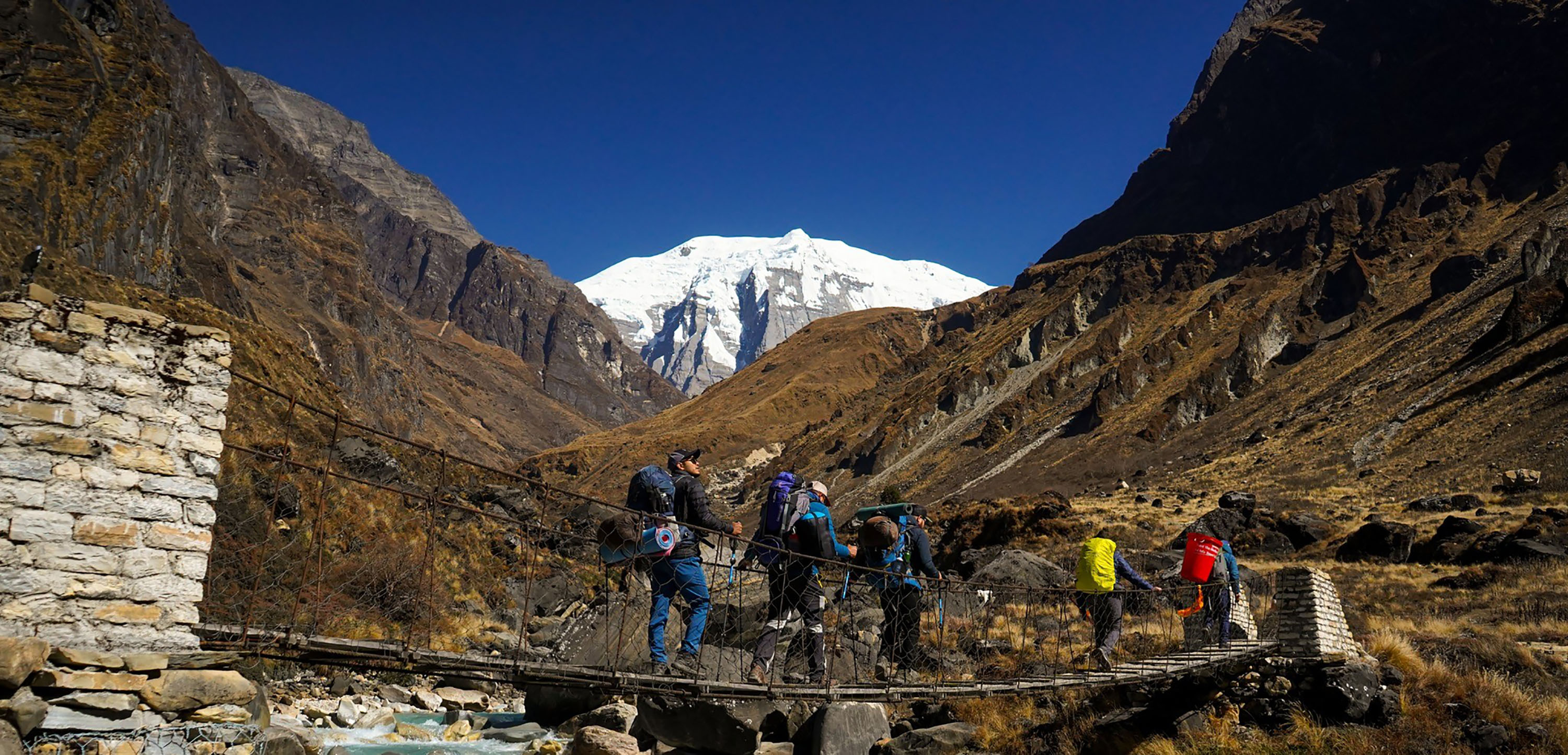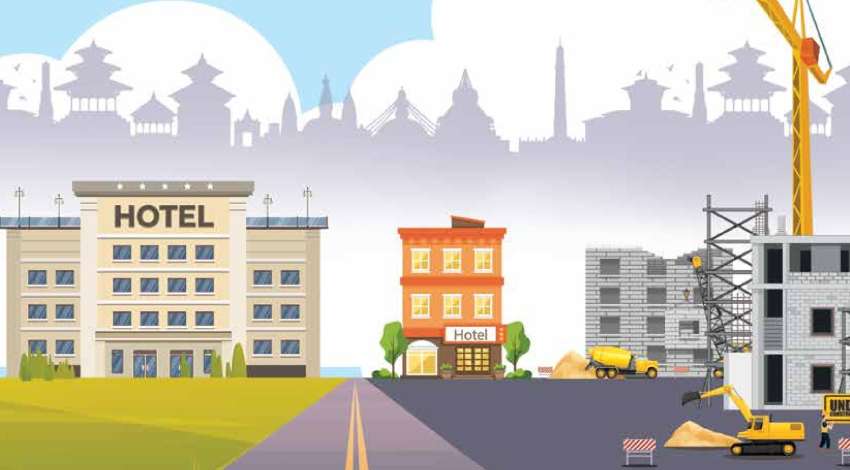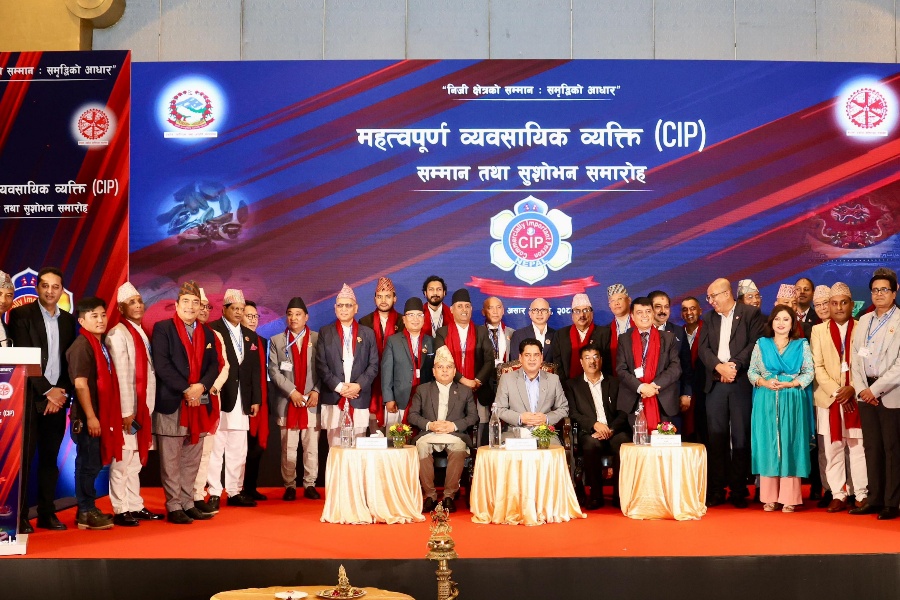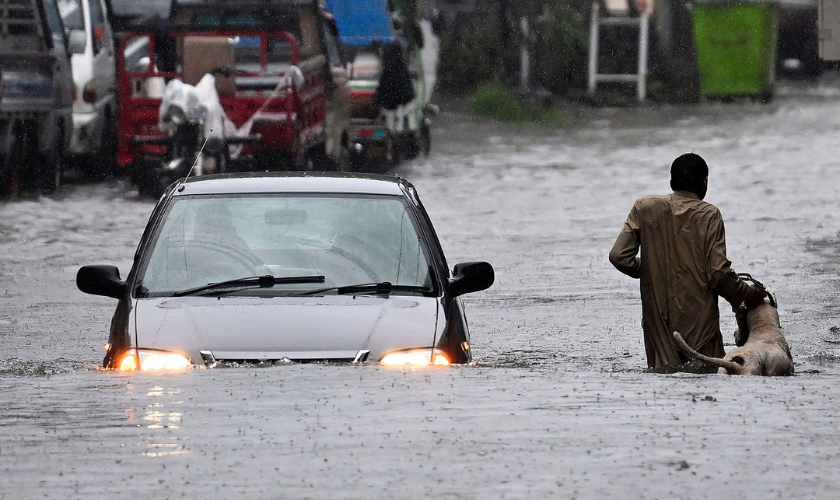Tourist arrivals in Nepal’s famed Annapurna region rose by 25 percent in the last fiscal year compared to the previous FY, according to the Annapurna Conservation Area Project (ACAP).
Data from ACAP shows that a total of 278,113 foreign tourists visited the Annapurna region in Fiscal Year 2024/25, up from 222,180 tourists in FY 2023/24. Among them, 157,786 were from South Asian countries, while 120,327 came from other parts of the world—an increase of 55,933 tourists in one year, said ACAP Chief Dr Rabin Kadariya.
The month of Chaitra (mid-March to mid-April) recorded the highest number of visitors, with 44,977 tourists entering the conservation area. In contrast, Shrawan (mid-July to mid-August) saw the fewest, with only 5,710 visitors.
Monthly breakdowns of tourist arrivals include: 13,279 in Bhadra (mid-August to mid-September), 30,732 in Ashoj (mid-September to mid-October), 33,310 in Kartik (mid-October to mid-November), 14,011 in Mangsir (mid-November to mid-December), 14,033 in Poush (mid-December to mid-January), 9,034 in Magh (mid-January to mid-February), 19,470 in Falgun (mid-February to mid-March), 41,853 in Baisakh (mid-March to mid-April), 31,955 in Jestha (mid-April to mid-June), and 19,749 in Asar (mid-June to mid-July).
Dr. Kadariya noted that the region sees the highest footfall during the peak trekking seasons of autumn (mid-September to mid-November) and spring (mid-March to mid-May), which also coincide with a surge in religious tourists. In FY 2022/23, the region welcomed 172,108 visitors. In the following two years, over 100,000 additional tourists have visited, reflecting a steady post-pandemic recovery.
Once severely impacted by the COVID-19 pandemic, tourism in the Annapurna region has bounced back to pre-pandemic levels. Known globally for its trekking routes, the region still sees fewer tourists during the rainy and winter seasons, but internal and foreign visitors continue to visit throughout the year.
There is a growing number of tourists who travel by road, particularly Indian pilgrims visiting destinations like Muktinath. However, most non-South Asian tourists prefer trekking. ACAP maintains records exclusively for foreign visitors.
Key destinations along the Annapurna Circuit include Annapurna Base Camp, Mardi Himal, Sikles, Lwang, and Ghandruk in Kaski; Tilicho Lake and Thorong La Pass in Manang; Upper Mustang and Muktinath; and Ghorepani and Poon Hill in Myagdi. The 7,600-square-kilometer conservation area spans 87 wards across 15 local units in the districts of Kaski, Lamjung, Manang, Myagdi, and Mustang.
The region’s stunning Himalayan landscape, biodiversity, traditional mountain lifestyles, and rich culture continue to attract tourists. Its well-established trekking infrastructure, pleasant climate, and warm hospitality make the Annapurna Circuit one of the best trekking destinations in the world, accessible via short, medium, and long routes through multiple districts.
Mustang Sees 55.3 Percent Rise in Tourist Arrivals

The number of both domestic and international tourists visiting Mustang increased significantly in FY 2024/25 (2081/82 BS), thanks to improved road and air connectivity, particularly the completion of the national pride project — the Beni–Jomsom–Korala road.
According to Mustang District Police Office spokesperson Inspector Bishal Adhikari, a total of 705,779 tourists visited Mustang in FY 2024/25. This includes 555,326 domestic tourists and 150,453 foreign visitors — an increase of 251,453 or 55.3 percent compared to the 454,326 tourists recorded in FY 2023/24.
The rise in visitor numbers has been attributed to Mustang's unique combination of historical, religious, cultural, and natural attractions. Key religious destinations include the Muktinath temple — sacred to both Hindus and Buddhists — as well as Kagbeni Dham and Damodar Kunda.
Mustang is also home to ancient monasteries, chortens, manes, man-made caves, the palace of the Mustang king, and scenic sites along the Kali Gandaki corridor, making it a diverse and increasingly popular tourist destination. -- RSS












